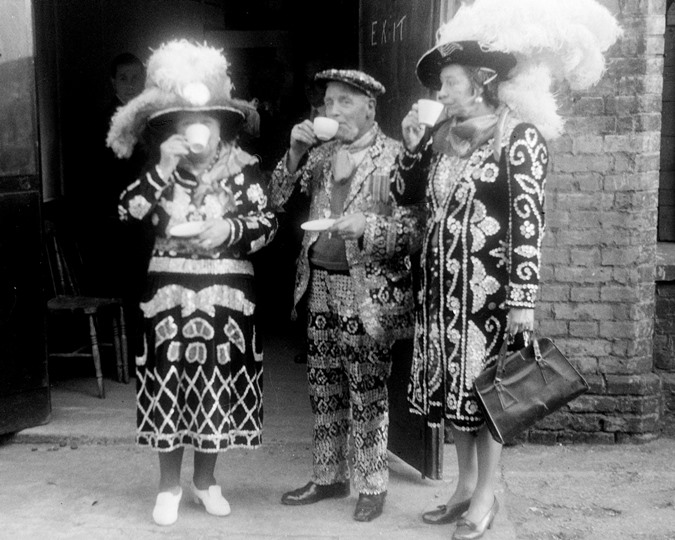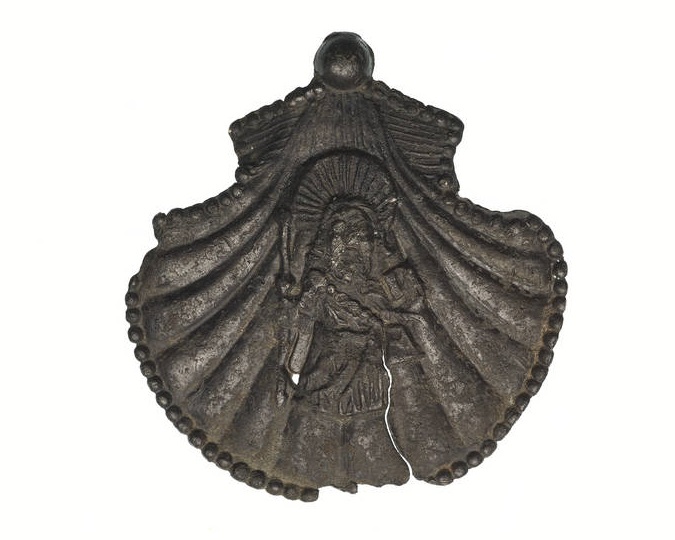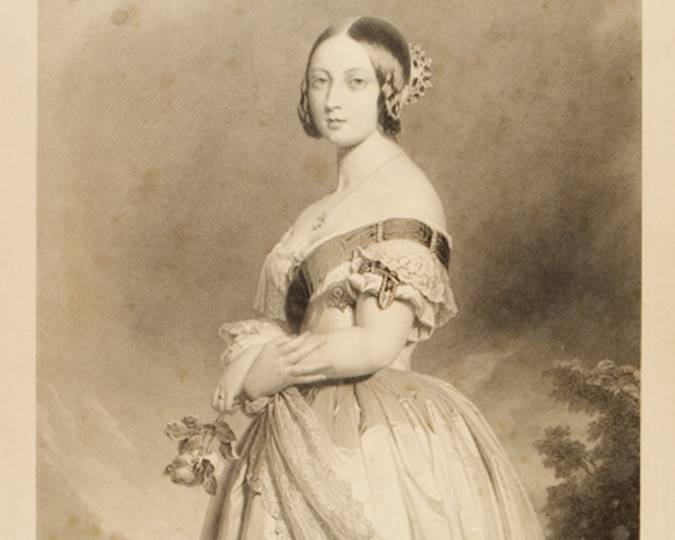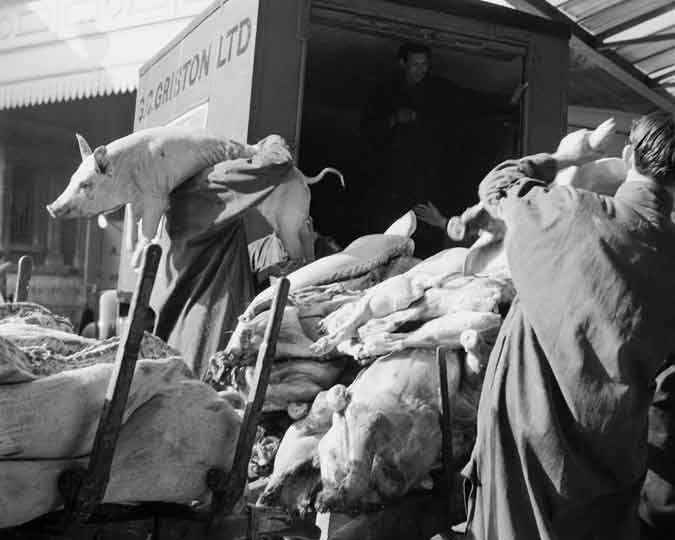Why did London's Pleasure Gardens finally close? The closing entry in our occasional series on the vanished world of London Pleasure Gardens, which defined the capital's nightlife for a century.

Printed bill announcing a 'Farewell' to the Royal Vauxhall Gardens
The bill encourages visitors to come and see Vauxhall for the last time before it closes.

A poster announcing the closure of Vauxhall Gardens, 1859
Vauxhall Gardens, London’s first dedicated, commercial pleasure garden, was opened by Jonathan Tyers in 1729. Its more exclusive and expensive rival, Ranelagh Gardens, opened in Chelsea in 1742. In the first sixty to eighty years of their existence, these pleasure gardens represented the height of fashion and culture, drawing the upper and middle classes to see and hear the best in new music and art, to see and be seen in the latest fashions, and rub shoulders with the glamorous, the rich and the louche.
As the nineteenth century dawned, however, changing tastes and urban development meant that Londoners no longer looked to the pleasure gardens as sites of luxury, culture and exclusive entertainment. The gardens went irreversibly ‘downmarket’, initially attracting a wider, less elite audience with sensational attractions, but eventually going into total and terminal decline.
As Vauxhall went under new management in the 1790s, novel and spectacular entertainments were introduced to keep the crowds coming. Hot air balloon rides were introduced in 1802, and acrobatic displays in 1816. The French acrobat Madame Saqui was engaged in that year to put on a daredevil show of tightrope-walking and feats of balance, proving popular enough that acrobatics remained on the programme for the rest of the garden’s existence.
Historical and military tableaux, depicting battles and other events, were popular from the 1840s. Long gone were the days of Tyers’s management, where the latest orchestral suites by George Frideric Handel could be heard against a backdrop of contemporary paintings by notable British artists William Hogarth and Francis Hayman. Fireworks, hot air balloons and acrobatics were now the order of the day, accompanied by popular folk tunes and country dances. By the 1820s, it was rare to see celebrities, aristocrats and the very wealthy there; unless they were deliberately ‘slumming it’.
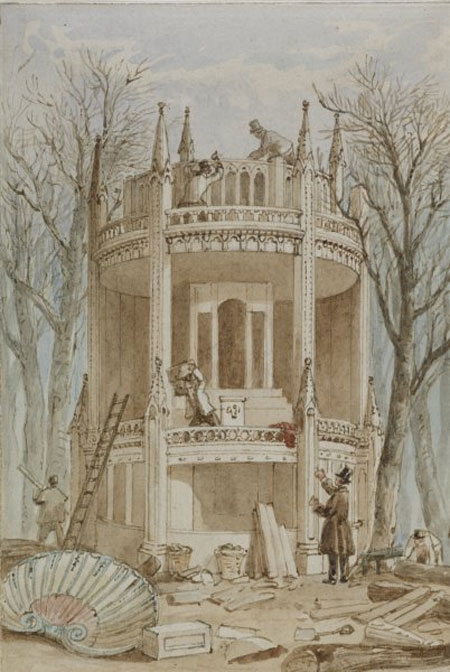
Disassembling Vauxhall Gardens
This watercolour shows orchestra tower at Vauxhall Gardens being demolished. In 1859 the gardens closed for the last time with seven 'farewell' concerts. All remaining furniture was sold and the gardens were built on.
Vauxhall’s decline wasn’t simply a matter of fickle fashion. The structure of the London entertainment world was changing, and the pleasure gardens lost out as a result. The development of music halls, casinos, public art galleries, and newly glamorous ‘pubs’ drew the crowds away; while the growth of the railways meant that Londoners could go further afield in search of entertainment, particularly to the seaside.
The railways also provided the impetus for London’s suburban growth. As a result, Vauxhall and Ranelagh were no longer on the rural outskirts of the city, but drawn into the inner ring of suburbs. After the proprietors of Vauxhall were declared bankrupt in 1840, the end was in sight, as the land was worth more for housing development than as an entertainment venue.
It was finally sold off for the large sum of £5,000, and the gardens closed forever on the night of the 25th of July, 1859. Still charging the same entry fee of one shilling, which had been fixed over a century earlier by Tyers, Vauxhall went out in a blaze of glory, as over 15,000 people turned up for music, fireworks, illuminations and spectacles. The very last song, on the very last night, was God Save the Queen. After 130 spectacular, noisy, expensive and stylish years, the lamps finally went out.

